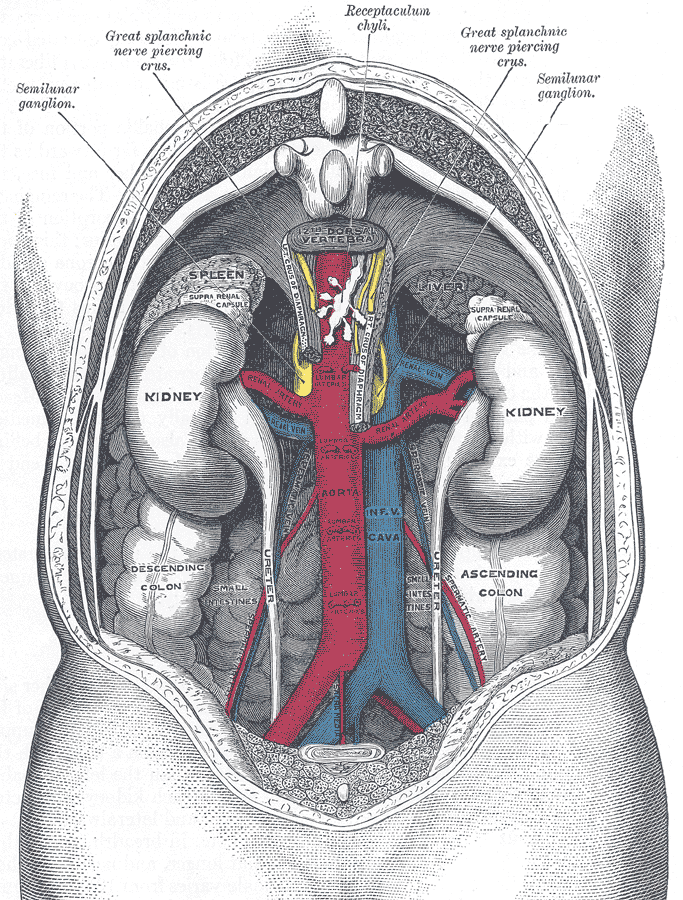Excretion


Template:Search infobox Steven C. Campbell, M.D., Ph.D.
Overview
Excretion is the process of eliminating waste products of metabolism and other non-useful materials.[1] It is an essential process in all forms of life.
In single-celled organisms, waste products are discharged directly through the surface of the cell. Multicellular organisms utilize more complex excretory methods. Higher plants eliminate gases through the stomata, or pores, on the surface of leaves. Animals have special excretory organs. In humans the main organs of excretion are the kidneys and accessory urinary organs, through which urine is eliminated,[2] and the large intestines, from which solid wastes are expelled. The skin and lungs also have excretory functions: the skin eliminates water and salts in sweat,[3] and the lungs expel water vapor and carbon dioxide.
Specific examples
Plants have been shown (by British biologist Brian J. Ford) to translocate wastes into leaves which are then shed. In this fashion, the leaf, in addition to acting as an energy-trapping structure, is also a plant's organ of excretion.
Aquatic animals usually excrete ammonia directly into the external environment, as this compound has high solubility and there is ample water available for dilution. In terrestrial animals ammonia-like compounds are converted into other nitrogenous materials as there is less water in the environment and ammonia itself is toxic.
In mammals, the two major excretory processes are the formation of urine in the kidneys and the formation of carbon dioxide (a human's abundant metabolic waste) molecules as a result of respiration, which is then exhaled from the lungs. These waste products are eliminated by urination and exhalation respectively. In urination, Hormone control over excretion occurs in the distal tubules of the kidneys as directed by the hypothalamus. Most mammals excrete nitrogenous wastes in the form of urea, an ancestral trait.
Birds excrete their nitrogenous wastes as uric acid in the form of a paste. This is metabolically more expensive, but allows more efficient water retention and it can be stored more easily in the egg. Many avian species, especially seabirds, can also excrete salt via specialized nasal salt glands, the saline solution leaving through nostrils in the beak.
Perspiration is another excretory process which removes salts and water, although the primary purpose is cooling.
In insects, a system involving Malpighian tubules is utilized to excrete metabolic waste. Metabolic waste diffuses or is actively transported into the tubule, which transports the wastes to the intestines. The metabolic waste is then released from the body along with fecal stuffs.
Etymology
Many people misuse the term excretion as a euphemism for defecation, and use excrement for feces, but this is medically inexact.[1]
References
See also
External links
zh-min-nan:Pâi-siat cs:Vylučování de:Exkretion gl:Excreción it:Escrezione pam:Excretion mk:Екскреција nl:Excretie no:Ekskresjon sk:Vylučovanie sr:Систем за излучивање fi:Erite sv:Exkretion th:การขับถ่าย